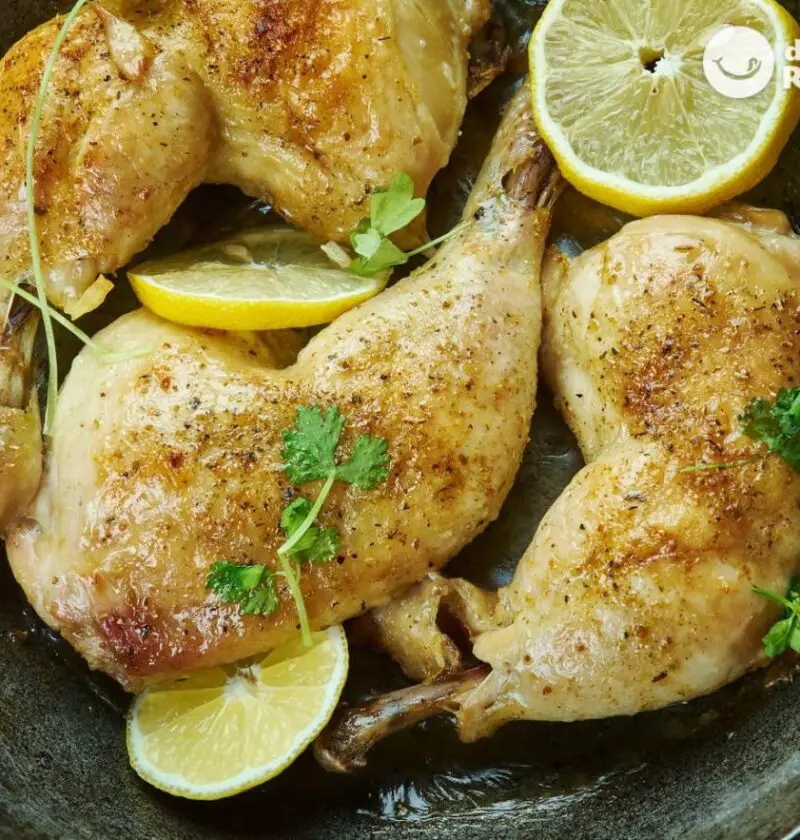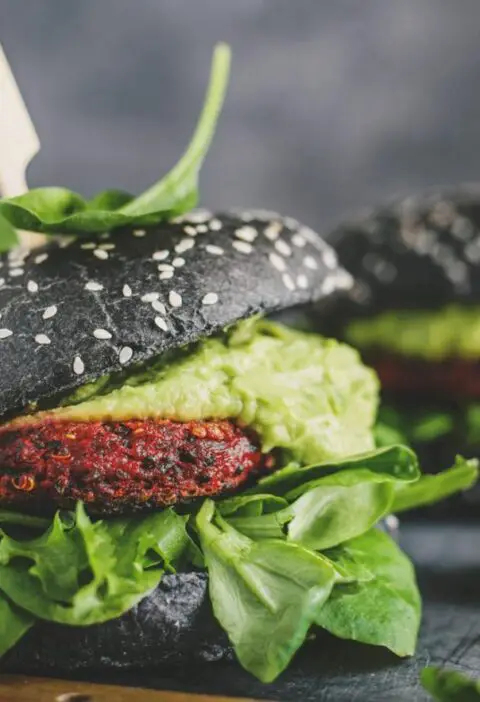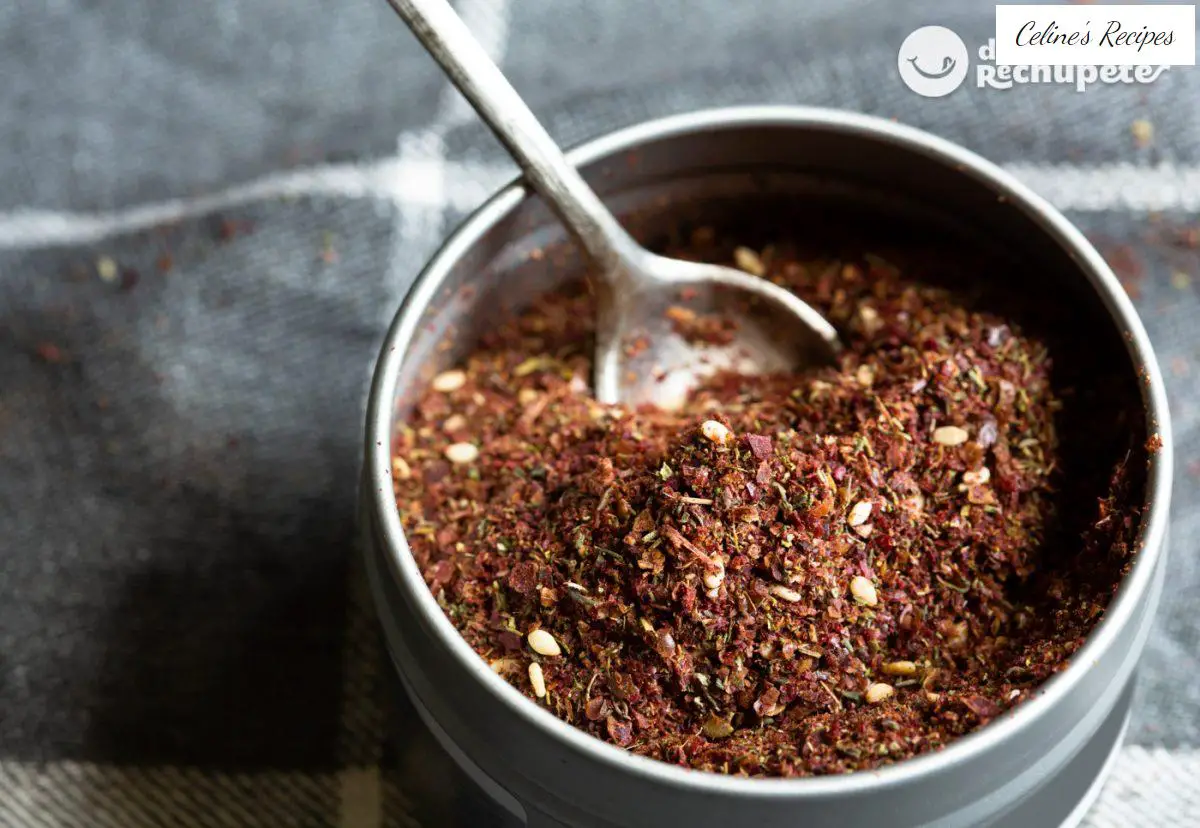
For 6
€ 1.2 /pers.
43 kcal/100g
Ingredients
- 15g. sesame seeds
- 10g. from Sumac
- 1 tablespoon dried oregano
- ½ tablespoon dried thyme
- ½ tablespoon fresh thyme
- 1 teaspoon ground cumin
- ½ teaspoon cumin grains
- 10 grains of black peppercorns
- Salt to taste
Za’atar (in Arabic, زعتر) or also written zahtar, zataar, is a popular condiment in the Middle East that will give your dishes a delicious Arabic touch, with a slightly acidic and, above all, very aromatic flavor. You will find it in numerous Arabic dishes and recipes, such as Manakish with Za’atar or Lebanese bread with Za’atar , which we liked so much at home and which I will soon publish on the blog.
It is said that it was already known in ancient Egypt; In fact, remains of this condiment were found in the tomb of Pharaoh Tutankhamun. Even in the writings of Pliny the Elder, it is mentioned as an ingredient in the royal ointment used by the Parthian king in the 1st century AD. In Jewish tradition this mixture of spices was used during purification rituals. Currently, its use is widespread in the kitchens of Israel, Syria, Lebanon, Turkey and Palestine .
Za’atar is present in all Middle Eastern recipes, it is characterized by having many benefits with therapeutic effects. Thus, it is believed that consuming this product allows you to strengthen the body while increasing mental concentration.
This seasoning has countless uses. As a condiment by sprinkling it on certain foods, such as fish and seafood, as a salad dressing and perfect as a vinaigrette dressing. And it will surprise you, but in Lebanon it is usually added to some desserts, so also in pastries. If you go to a country in the Middle East, they incorporate it into the dessert masses and you will be able to appreciate its touch in them.
While it is true that this is a popular belief, what is undeniable is that za’atar contains spices that are wonderful for our health. For example, thyme has great antiseptic and digestive properties. For its part, sesame is a great source of iron, calcium, magnesium, potassium, phosphorus and vitamins.
Types of za’atar
Fresh Za’atar
In reality, it is an aromatic plant of the oregano family, Origanum syriacum, but it is not very common to find it in our country.
Dried Za’atar
It is a mixture of spices in which it usually appears dried along with sesame seeds, sumac (dark red berries, with a penetrating flavor) , salt and other ingredients. Its leaves are, for example, used like basil giving a fresh and refreshing aroma of cumin, lemon and mint.
You can also find a za’atar where the green color predominates, simpler and with a lot of dried oregano. But after trying both types, I choose the one with sumac, much more aromatic than the green one.
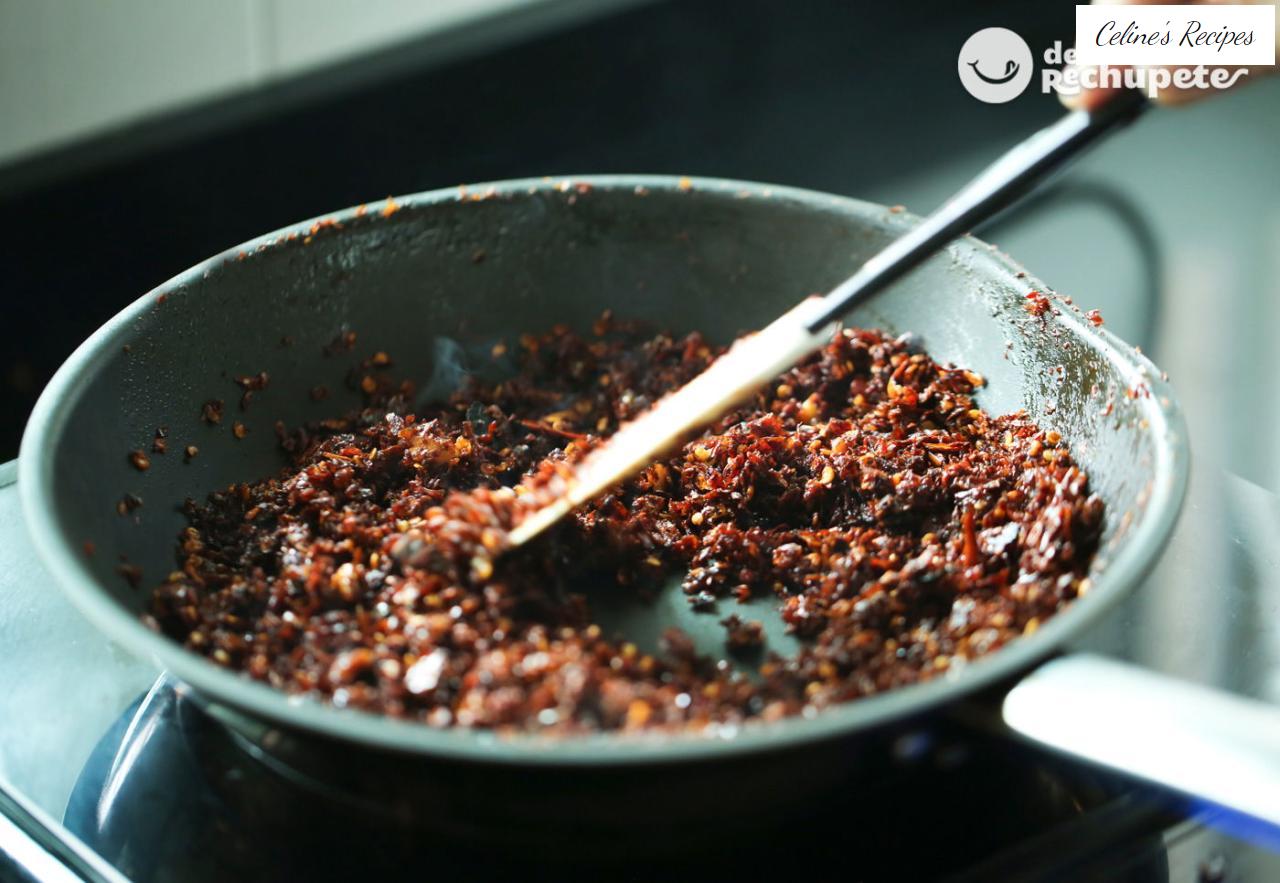
How to prepare za’atar
As you can imagine, za’atar is based on secret recipes, passed down between families and also depending on the area or country where it is prepared, it varies greatly. So, as in many other recipes, there are as many recipes as there are different tastes.
- In a hot pan, toast the sesame seeds, cumin seeds and peppercorns for a couple of minutes. As soon as they begin to release their aroma, remove them and let them cool.
- In a mortar we crush the peppercorns. We mix all the spices, herbs and seeds and season to taste.
- If you want a finer texture, we can put it through the mortar, as you like. We store it in an airtight glass container in the dark and in a dry place, it will keep well for months.
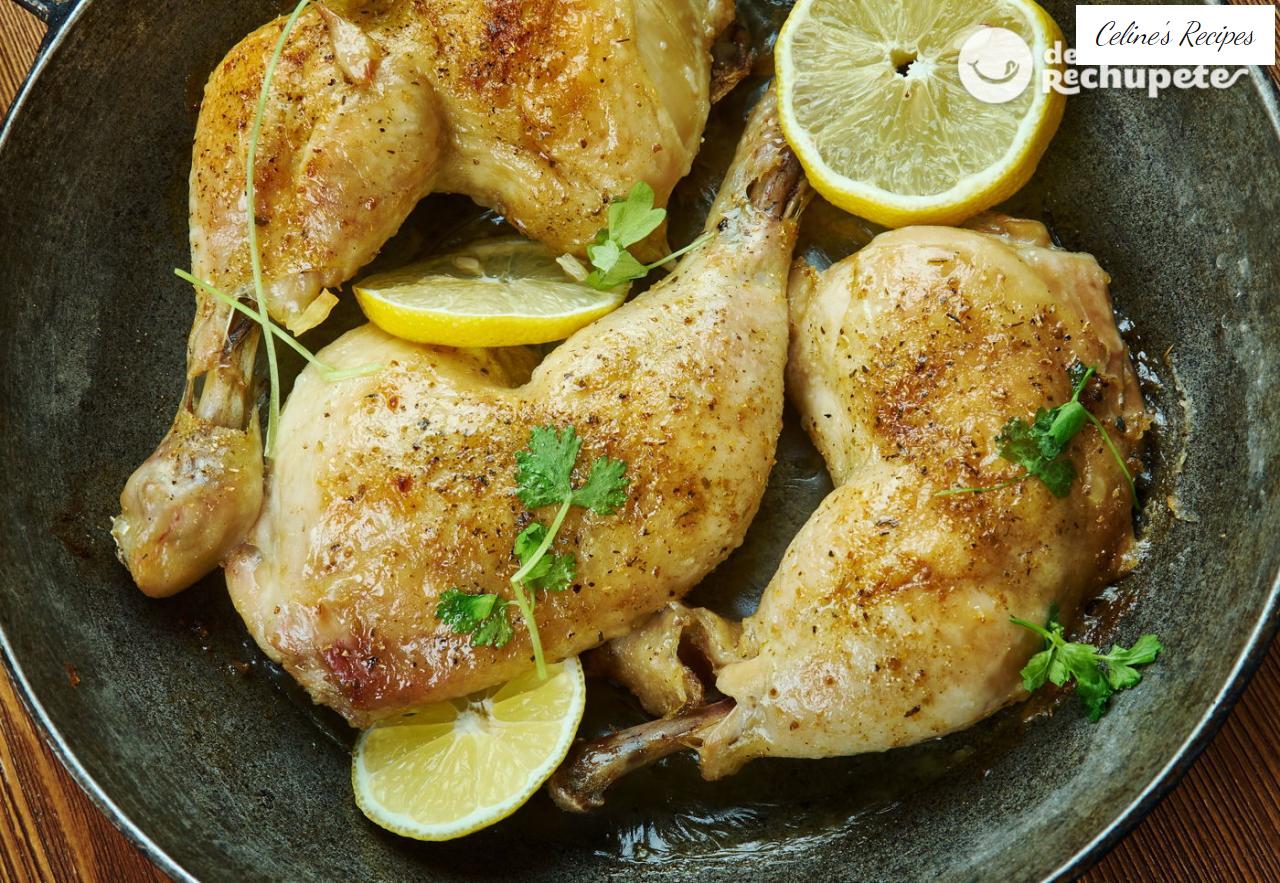
Tips for a delicious Za’atar
- The one made in Lebanon includes orange peels. The Jordanian one is rich in sumac so it has a more intense red color, or the Israeli one that prioritizes dried dill. There are also more complex mixtures that can include salt, marjoram, fennel, dried coriander and toasted sesame seeds.
- If we don’t want the spicy touch of black pepper, for cooking for a little one at home. We can make two versions, even adding some chilli or a spicier touch, always to the taste of each house.
- It can last up to 3 months if we store it in an airtight container. The mixture can also be made with the spices already in powder form, but by removing the toasting, it will not have such a spectacular flavor and aroma.
